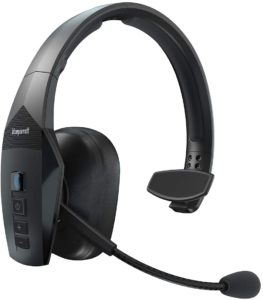Pictures Are Worth Thousands Of Megabytes
With the ever dropping prices of digital cameras — you can get several 8-10 megapixel compact cameras for $100-200 today — everyone is shutter-happy these days. Anyone who has had a digital camera for a year or more will most likely have several gigabytes worth of pictures. How do you store all those pictures? How do you share them with friends and family?
Fortunately, the harddisks have become cheaper too, and there are several good alternatives today for storing and backing up all your pictures and videos. You can use external harddisks, or network-attached-storage boxes.
“But how to share my pictures?”
If you want to share a couple of pictures that are not very large, you can email them as attachments. But, with the kind of high-resolution pictures that most cameras produce, you cannot really share your best pictures with this option (attachments become too big).
There are many online services that allow you to share your pictures: Flickr, Snapfish, Photobucket, Picasso, to name a few. These are free, and you can create an account for yourself, and upload the pictures you want to share into folders and albums. You can then invite your friends to view them. These are quite popular and easy to use. But many of them have a limit on how many pictures/gigabytes you can upload. It can also take you a lot of time to upload the pictures.
Another option that is gaining popularity is to put your pictures on a harddisk on your home network and share it through a web service. For example, you can have an external USB harddisk attached to your home gateway/router, and make it accessible from outside. You can also create a separate shared partition on a NAS box and enable web-access on it.
This is convenient in many ways. You can just drag and drop pictures that you want to share onto the shared partition and you are done. Since you are transferring data within your home network, it is fast and also you are only limited by the disk space of your own storage device. You can also create photo albums in your own creative ways.
There are a few cons to this. You need to enable web-access to your storage disk. Typically, the access is read-only and can be password protected too. But there is always a small risk of someone hacking into your disk. The other issue is that if you shutdown your router or your harddisk, then your friends or family cannot view your pictures.
Overall, being able to share a large number of high-resolution pictures right from your storage disk is a very powerful feature. If you are very concerned about security, you can consider using a separate harddisk that you use only to store the pictures and videos that you want to share on the web, and none of your critical data.




























[…] Ways To Share Your Pictures, Videos, etc. – Pros and Cons […]